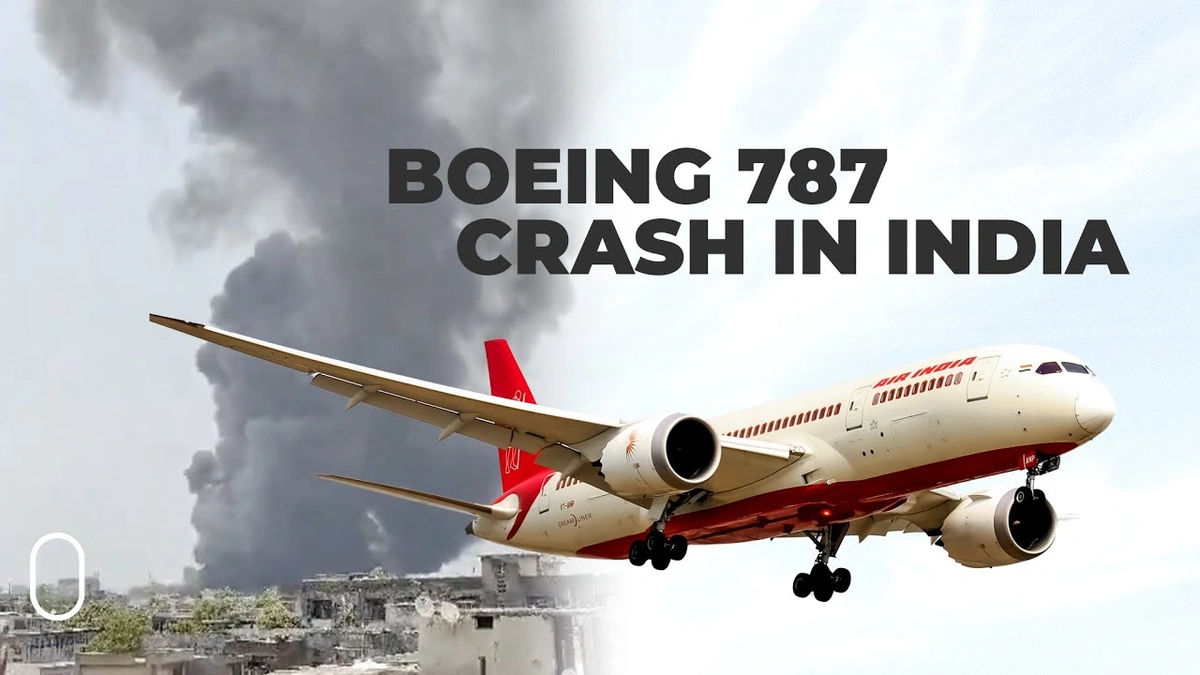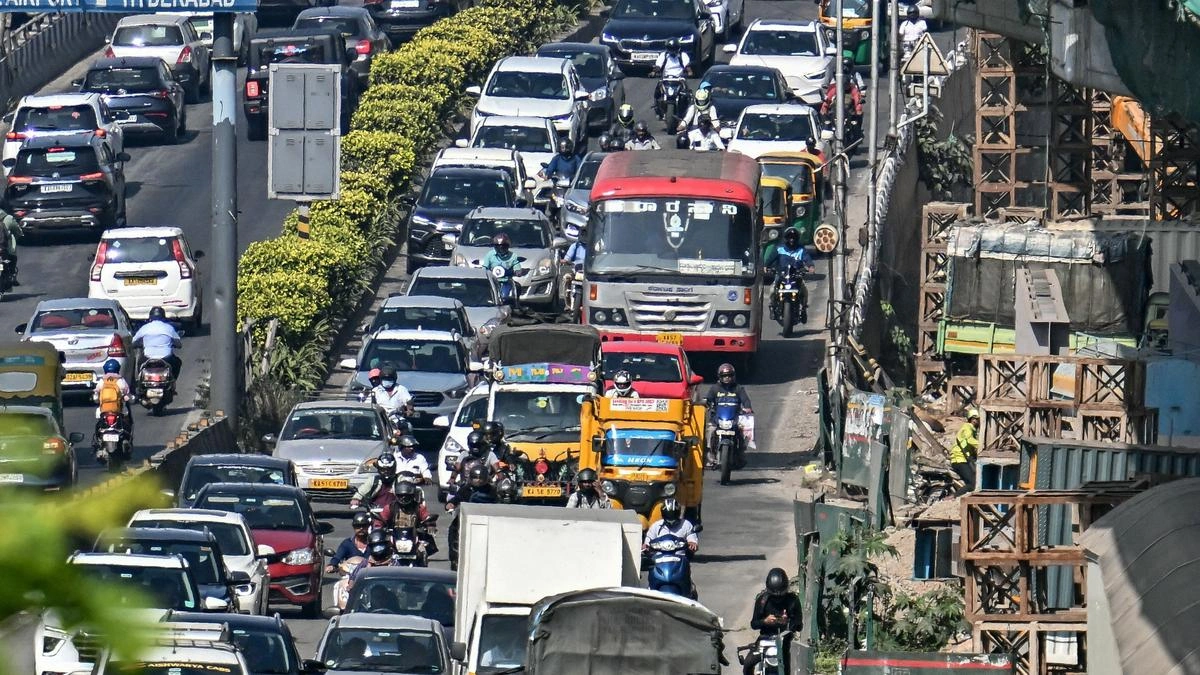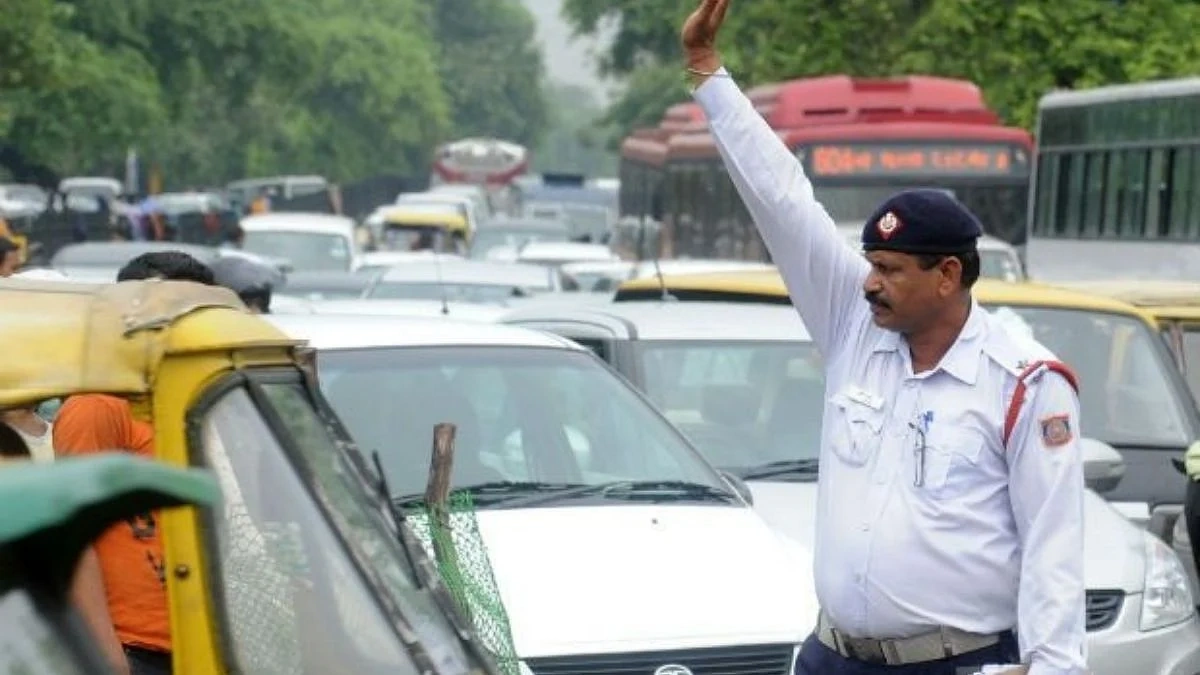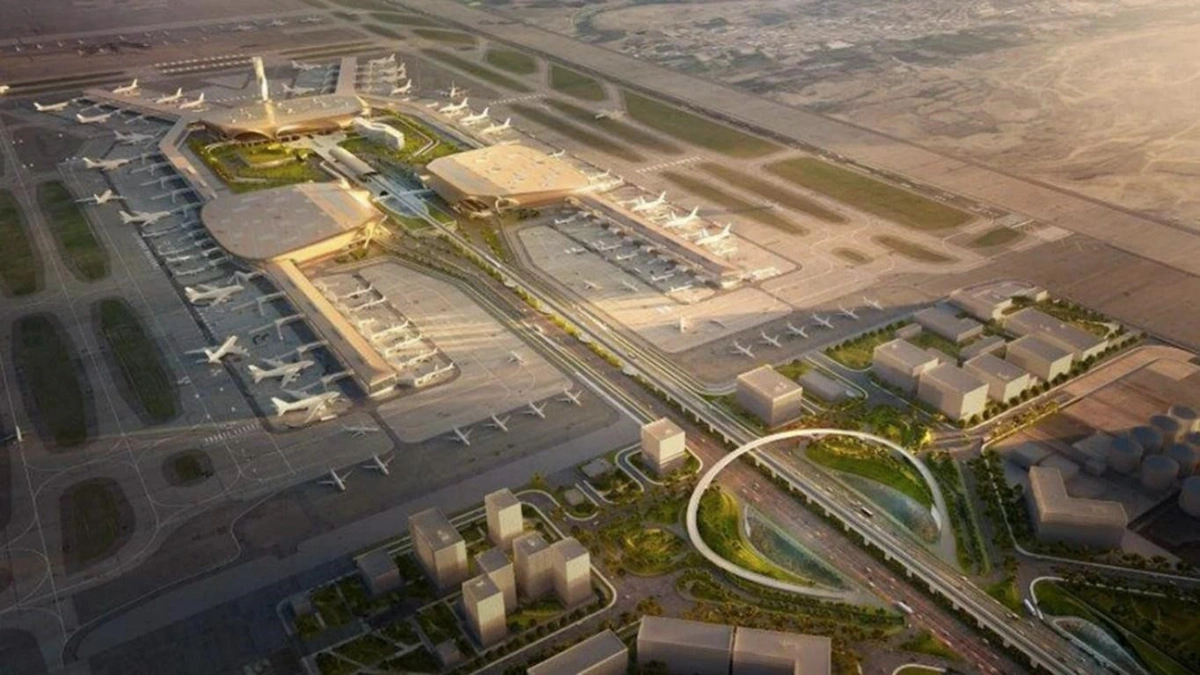DGCA Investigates Air India Dreamliner RAT Deployment
An Air India Dreamliner. A sudden deployment of the RAT (Ram Air Turbine). And now, the DGCA (Directorate General of Civil Aviation) is involved. It sounds like the start of a high-stakes thriller, doesn’t it? But this isn’t fiction; it’s a real-life incident, and it raises some serious questions about aviation safety and the procedures airlines follow.
Here’s the thing: when a RAT deploys mid-flight, it’s not just another Tuesday for the crew. It signals a potential loss of primary power, a situation that demands immediate attention and precise action. So, why is the DGCA, India’s aviation watchdog, taking such a keen interest? And what does this mean for air travelers in India?
Why This Air India Dreamliner Incident Matters

Let’s be honest – most of us glaze over when we hear about aviation incidents. We assume everything’s fine because, well, air travel is statistically very safe. But complacency is the enemy of safety. The DGCA’s investigation into the Air India Dreamliner incident isn’t just a formality; it’s a crucial step in ensuring that airlines are adhering to safety protocols and that potential risks are identified and addressed before they lead to something catastrophic. Think of it as preventative medicine for the skies.
What fascinates me is the layers involved. The RAT, or Ram Air Turbine, is essentially an emergency generator. When the aircraft’s main engines or auxiliary power units (APUs) fail, the RAT kicks in, providing essential power for flight controls and critical systems. Its deployment suggests a significant electrical failure. Understanding the root cause of this failure is paramount.
The DGCA’s investigation will likely focus on several key areas:
- Maintenance Records: Were there any prior indications of potential electrical issues with the aircraft?
- Pilot Training: How prepared were the pilots to handle a RAT deployment scenario? Did they follow the correct procedures?
- System Reliability: Was the RAT itself functioning correctly? Was there a malfunction that triggered its deployment?
As the investigation unfolds, the spotlight will inevitably fall on Air India’s maintenance practices and operational protocols. A thorough examination of these aspects is essential not only to determine the cause of the incident but also to implement necessary corrective measures to prevent future occurrences. The outcome of the DGCA investigation will set a precedent for aviation safety standards in India, influencing how airlines handle similar situations in the future.
Decoding the Dreamliner’s RAT | A Technical Deep Dive
So, what exactly is a RAT, and why is its deployment such a big deal? The Ram Air Turbine is a small turbine that’s connected to an electrical generator. It’s designed to automatically deploy if the aircraft loses its primary sources of power. Think of it as the aviation equivalent of a backup generator for your home, but instead of kicking in during a power outage, it swings into action when an aircraft’s engines or APU fail.
The RAT works by using the airflow generated by the aircraft’s motion to spin the turbine. This spinning turbine then generates electricity, which is used to power essential systems like flight controls, navigation, and communication equipment. Without the RAT, the pilots would have limited or no control over the aircraft, making a safe landing extremely difficult.
A common misconception is that the RAT powers everything on the plane. In reality, it provides only enough power to keep the essential systems running. Non-essential systems, such as cabin lighting and entertainment systems, are typically shut down to conserve power. The deployment of the ram air turbine signifies a critical juncture in flight operations, demanding prompt and precise responses from the flight crew to safeguard the aircraft and its occupants. Therefore, proper functioning of the RAT is critical.
Pilot Training and Emergency Procedures
When a RAT deploys, the pilots need to react swiftly and decisively. They must assess the situation, determine the cause of the power loss, and take appropriate action to stabilize the aircraft. This requires extensive training and a deep understanding of the aircraft’s systems. A common mistake I see people make is panicking. That’s why airlines put so much emphasis on emergency simulations.
Pilots undergo rigorous training to handle various emergency scenarios, including RAT deployment. They practice these scenarios in flight simulators, which replicate the conditions they would encounter in a real-life emergency. This training helps them develop the skills and confidence they need to respond effectively in a crisis. The one thing you absolutely must know is that procedures differ from aircraft to aircraft.
According to aviation regulations, pilots are required to undergo regular refresher training to maintain their proficiency in handling emergency situations. This training includes both theoretical instruction and practical exercises. As per the guidelines mentioned in the information bulletin, pilots should demonstrate their ability to handle RAT deployment scenarios safely and effectively.
Moreover, the significance of strict adherence to emergency procedures cannot be overstated. These protocols, meticulously crafted and refined over time, are designed to guide pilots through critical situations, ensuring the safety of both the crew and passengers. Regular drills and simulations reinforce the importance of following these procedures, preparing pilots to react decisively and effectively in the face of unexpected events.
Air India’s Response and the Road Ahead
Following the Air India Dreamliner RAT deployment, the airline has been cooperating fully with the DGCA investigation. Air India has a responsibility to conduct its internal review to identify any shortcomings in its maintenance procedures or training programs.
Let me rephrase that for clarity: Air India needs to show it’s taking this seriously. The airline has stated that it is committed to ensuring the safety of its passengers and crew and that it will take all necessary steps to prevent similar incidents from happening in the future. But actions speak louder than words.
The outcome of the DGCA’s investigation will have significant implications for Air India. If the investigation reveals any negligence or systemic issues, the airline could face penalties, including fines and restrictions on its operations. More importantly, Air India must implement corrective measures to address any identified weaknesses and restore public confidence in its safety record. This could involve enhancing maintenance procedures, improving pilot training, and investing in new equipment and technology. I initially thought this was straightforward, but then I realized the complexity involved in overhauling legacy systems. Restoring confidenceis key here.
Looking ahead, the aviation industry needs to learn from this incident. A proactive approach to safety, with airlines and regulatory bodies working collaboratively to identify and mitigate risks, is essential to ensure that air travel remains one of the safest forms of transportation.
The Bigger Picture | Aviation Safety in India
This Air India Dreamliner incident underscores the importance of maintaining high safety standards in the aviation industry. India’s aviation sector has been growing rapidly in recent years, with more and more people taking to the skies. As the industry expands, it’s crucial to ensure that safety doesn’t take a backseat to growth. According to the latest circular on the official DGCA website , maintaining robust safety protocols is paramount for sustaining the confidence of passengers and the overall integrity of the aviation sector.
The DGCA plays a vital role in regulating the aviation industry and ensuring that airlines comply with safety regulations. The agency conducts regular audits of airlines to assess their safety performance and identify areas for improvement. It also investigates aviation incidents to determine the root causes and prevent future occurrences. These investigations are very important.
But safety is not just the responsibility of the DGCA and the airlines. Passengers also have a role to play. By being aware of safety procedures and reporting any concerns they may have, passengers can contribute to a safer flying environment. So, next time you’re on a flight, pay attention to the safety briefing and don’t hesitate to speak up if you see something that doesn’t seem right.
The safety of the aviation sector relies on a collaborative effort involving regulatory bodies, airlines, and passengers. By working together and prioritizing safety above all else, we can ensure that air travel remains a secure and reliable mode of transportation for everyone.
FAQ
Frequently Asked Questions
What is a RAT (Ram Air Turbine) and why is it important?
A Ram Air Turbine is an emergency power source on an aircraft. It deploys when the main engines or APU fail, providing power for essential systems like flight controls.
What triggers a DGCA investigation?
The DGCA investigates incidents that could compromise aviation safety, ensuring airlines adhere to protocols and prevent future occurrences.
How does pilot training prepare them for RAT deployment?
Pilots undergo rigorous training in flight simulators to handle emergency scenarios, including RAT deployment, ensuring they can react swiftly and decisively.
What is Air India doing in response to the incident?
Air India is cooperating with the DGCA investigation and conducting an internal review to identify and address any shortcomings in maintenance or training.
What can passengers do to contribute to aviation safety?
Passengers can be aware of safety procedures, pay attention to safety briefings, and report any concerns they may have to create a safer flying environment.
Where can I find more information on Aviation regulations in India?
You can find details about India’s aviation regulations on the official DGCA website.
Ultimately, the Air India Dreamliner RAT deployment serves as a stark reminder of the complexities and potential risks inherent in air travel. It’s a call to action for continuous improvement, enhanced vigilance, and unwavering commitment to safety at all levels of the aviation industry. Let’s hope that the lessons learned from this incident will pave the way for a safer and more secure future for air travel in India and beyond.













